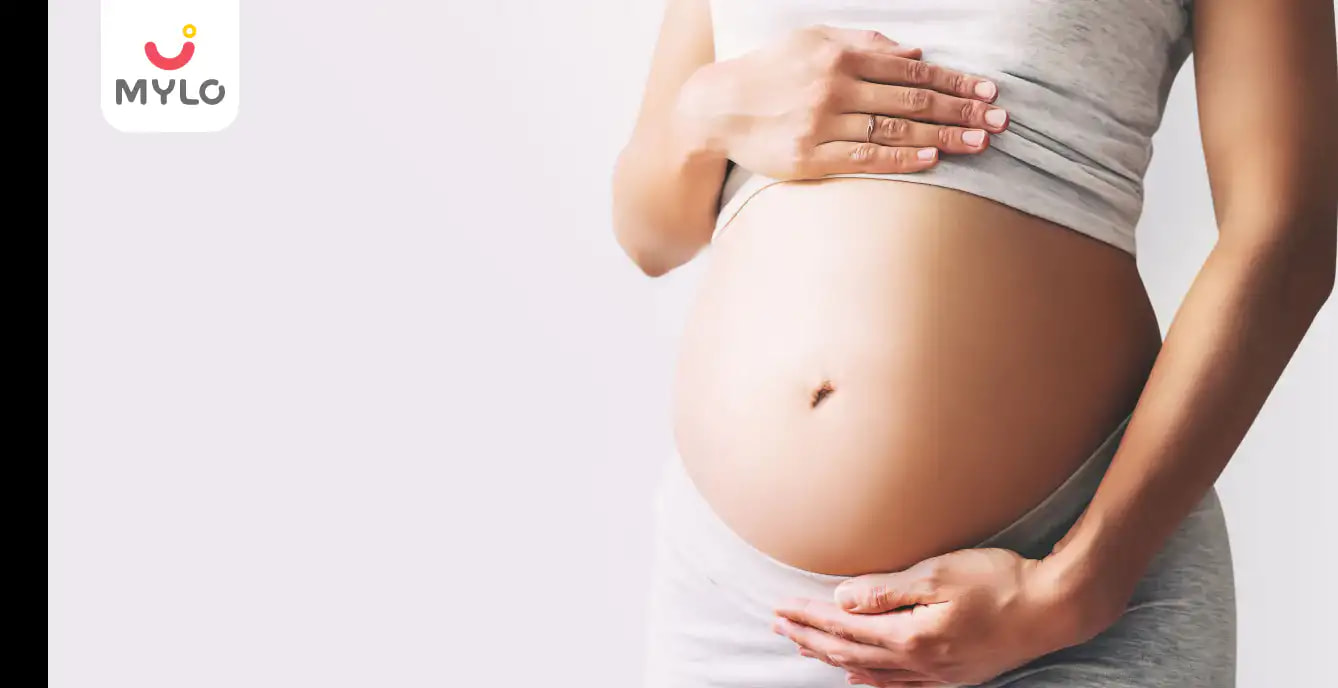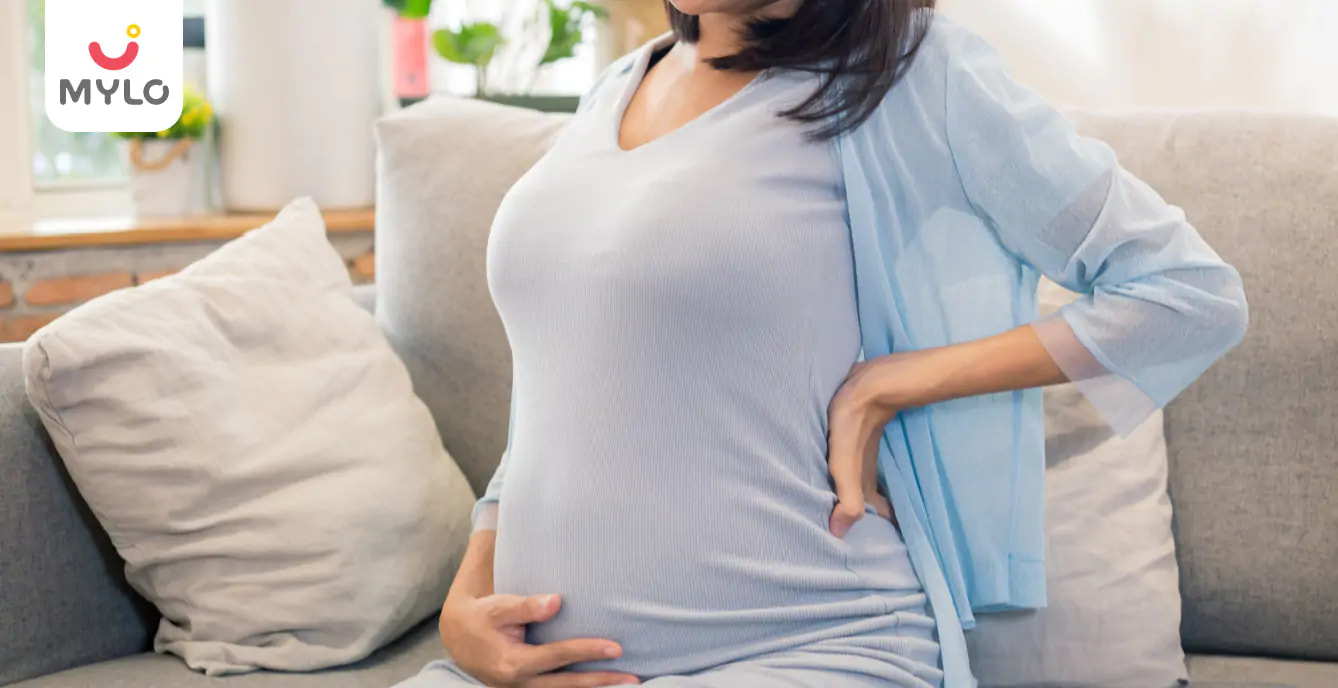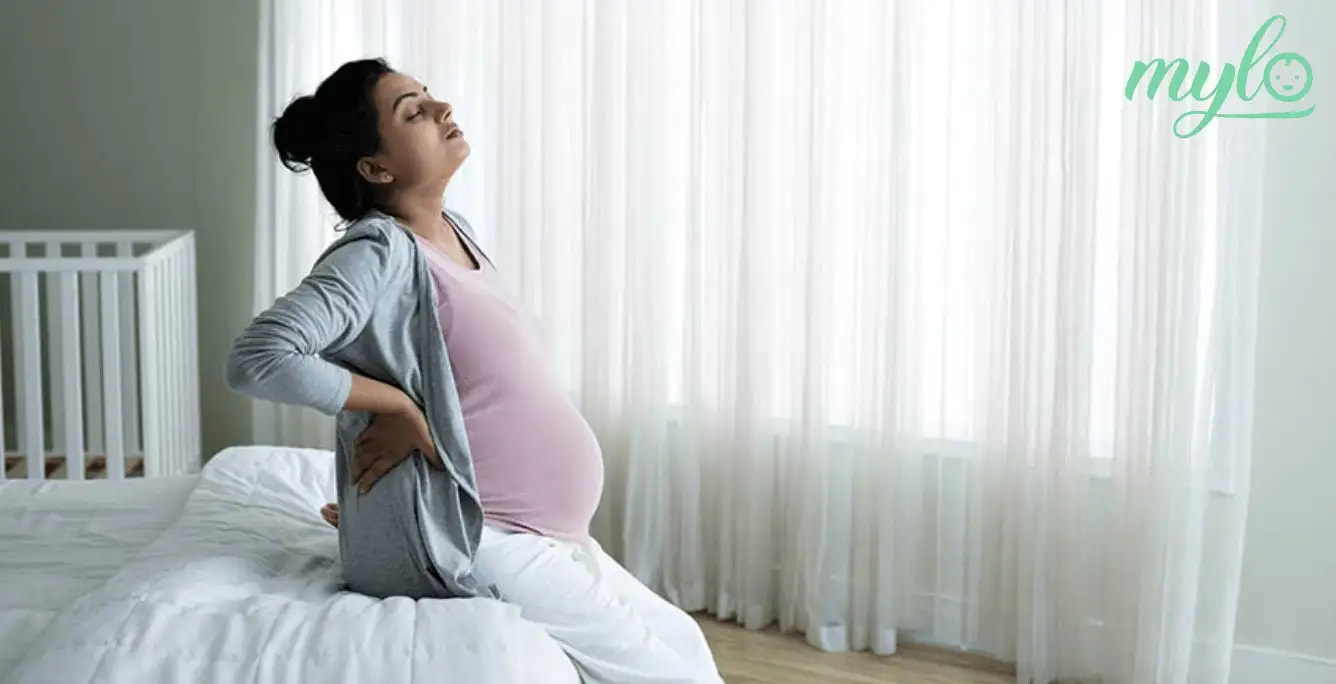Home

Pelvic Pain in Pregnancy: Symptoms & Treatment
In this Article

Pregnancy
Pelvic Pain in Pregnancy: Symptoms & Treatment
Updated on 18 April 2023
Many women develop pelvic pain in pregnancy, which is sometimes also known as pregnancy-related pelvic girdle pain or symphysis pubis dysfunction. Pelvic girdle pain is a collection of discomforting symptoms caused by a stiffness of pelvic joints or the joints moving unevenly either at the back or the front of the pelvis.
In this article, we will discuss pelvic pain during pregnancy along with other aches it brings such as vaginal pain during pregnancy and pubic pain during pregnancy, among others.
Symptoms of pelvic pain in pregnancy
Pelvic girdle pain is not harmful to you or your baby but it can be painful and make it hard for you to get around.
Women with pelvic pain in pregnancy may feel pain:
-
At the front over the pubic bone, levelling with the hips
-
Across one or both sides of the lower back
-
Between the vagina and anus, also called the perineum
-
Around the thighs
Some women may hear or feel a clicking or grinding in the pelvic area. The pain can be worse when you’re walking, climbing the stairs, standing on one leg, turning in the bed or moving your legs apart.
Treatments for pelvic pain in pregnancy
An early diagnosis of pelvic girdle pain during pregnancy can help minimise the pain and avoid long discomfort. Your doctor may refer you to a physiotherapist who specialises in obstetric pelvic joint pain. Physiotherapy can help ease the pain, improve muscle function and better your pelvic joint stability and position.
Treatment for pelvic pain in pregnancy may include exercises to strengthen the pelvic floor muscles and the use of equipment such as crutches or pelvic support pregnancy belts. Treatment can help improve your symptoms during pregnancy but the pelvic girdle pain will completely go away once the baby is born.
Managing pelvic pain during pregnancy
Using crutches can help you move around and wearing a pregnancy support belt can help ease your pain. Additionally, you should avoid activities that worsen your pain.
Here are some things you can do to manage pelvic pain in pregnancy:
-
Try to be as active as possible while avoiding activities that make your pain worse
-
Rest whenever you can and ask your partner, family or friends to help you with daily chores
-
Wear flat, comfortable shoes and avoid standing or sitting for long durations
-
Sit down while getting dressed and avoid sitting on the floor, sitting twisted or crossing your legs
-
Keep your knees together when you get in or out of the car, cover the seat with a plastic bag to help you swivel
-
Sleep on your side with a pillow between your legs or use a pregnancy pillow
-
Turn gently in the bed, try turning over with your knees together while squeezing your butt
-
Take the stairs one at a time
Here are some things you should avoid to manage pelvic pain in pregnancy:
-
Standing on one leg
-
Bending and twisting to lift or carry a baby on one hip
-
Lifting and pushing heavy objects
-
Vacuuming
-
Carrying anything with only one hand
If despite trying the above relaxation techniques and following these tips, your pain doesn’t seem to get better or worsens with time, consult your doctor. You may require additional treatment to manage your pelvic pain during pregnancy.
Pelvic pain during labor and delivery
Despite having pregnancy pelvic pain, many women go on to have a normal vaginal birth. It’s best to inform your doctor about your condition before so that they can support you best with pelvic girdle pain during labor and delivery. Additionally, your doctor can help suggest you the birthing positions that will be most comfortable for you.
Who suffers from pelvic pain during pregnancy?
Around 1 in 5 pregnant women suffer from pelvic pain during pregnancy. The exact causes of pelvic pain in pregnancy are unknown but it has been linked to a number of issues such as previous injury or damage to the pelvis, uneven movement of pelvic joints and the weight and position of the baby. Additionally, women who are overweight, have had pelvic girdle pain in their previous pregnancy or have a physically demanding job are more likely to develop pelvic pain in pregnancy.
If you experience any pelvic pain in pregnancy, pubic bone pain during pregnancy or vaginal pain during pregnancy, it’s recommended that you consult your doctor and seek treatment as early as possible.



Written by
Ravish Goyal
Official account of Mylo Editor
Read MoreGet baby's diet chart, and growth tips

Related Articles
Related Questions
Hello frnds..still no pain...doctor said head fix nhi hua hai..bt vagina me pain hai aur back pain bhi... anyone having same issues??

Kon kon c chije aisi hai jo pregnancy mei gas acidity jalan karti hain... Koi btayega plz bcz mujhe aksar khane ke baad hi samagh aata hai ki is chij se gas acidity jalan ho gyi hai. Please share your knowledge

I am 13 week pregnancy. Anyone having Storione-xt tablet. It better to have morning or night ???

Hlo to be moms....i hv a query...in my 9.5 wk i feel body joint pain like in ankle, knee, wrist, shoulder, toes....pain intensity is high...i cnt sleep....what should i do pls help....cn i cosult my doc.

Influenza and boostrix injection kisiko laga hai kya 8 month pregnancy me and q lagta hai ye plz reply me

Related Topics
RECENTLY PUBLISHED ARTICLES
our most recent articles

Pregnancy Journey
Saliva During Pregnancy: Causes & Prevention
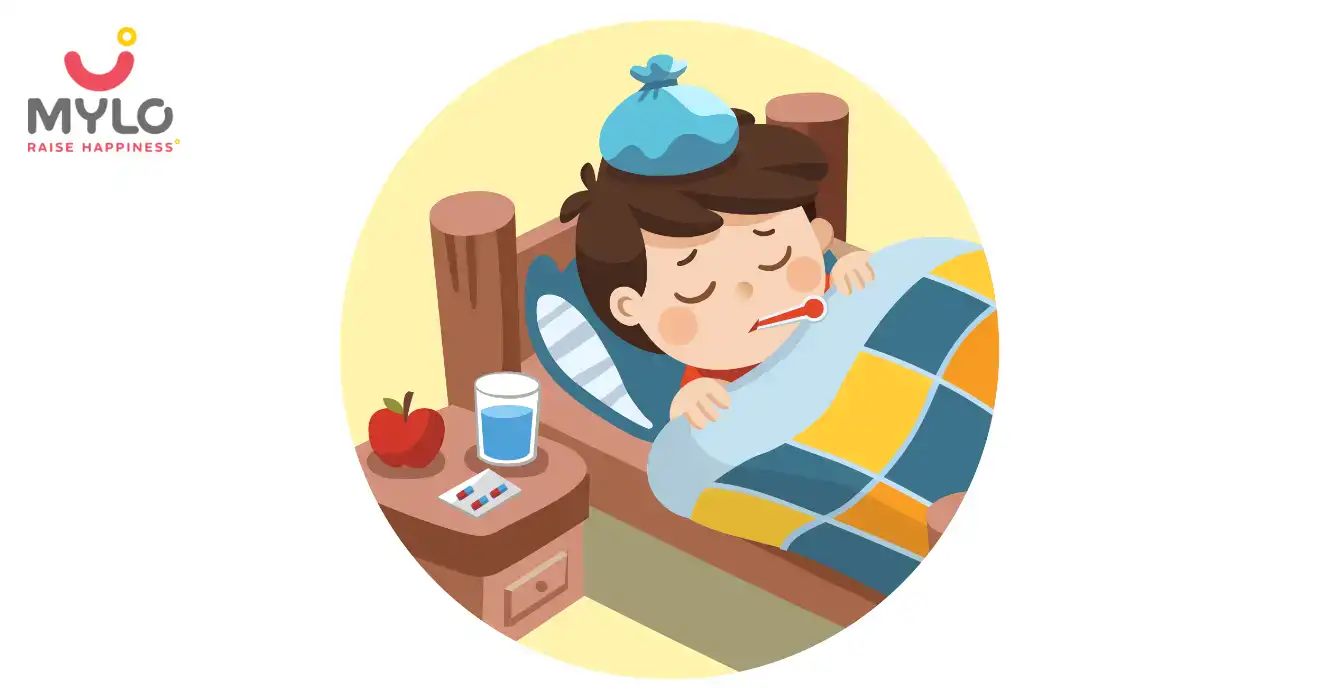
Fever
Effective Ways to Treat Jaundice in Children: Expert Tips for a Speedy Recovery

Fun & Humour
10 Best Original Movies to Watch on Netflix
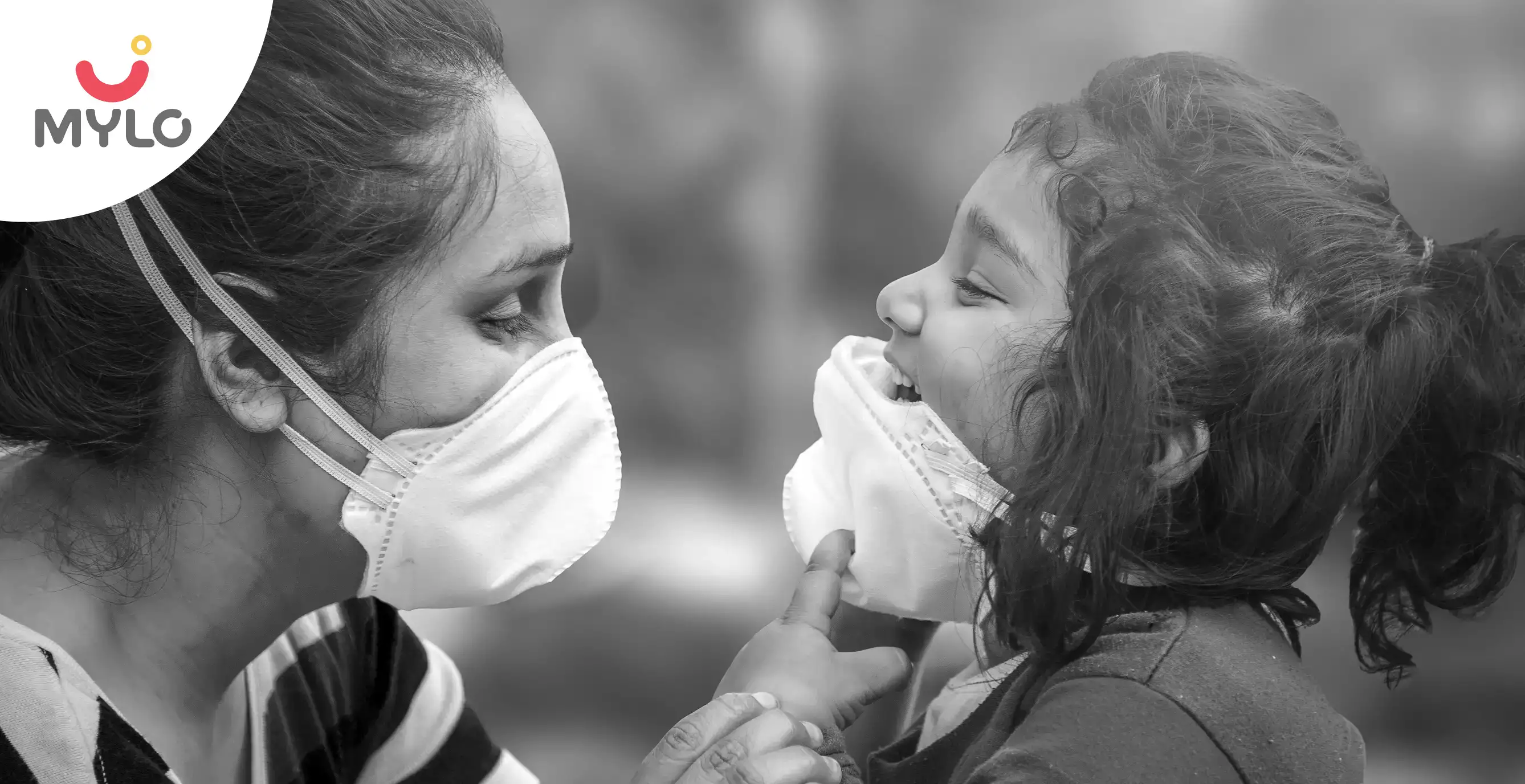
Symptoms & Illnesses
Flu, Change of Season or New Covid Variant, XBB.1.16- What’s Causing These Symptoms?
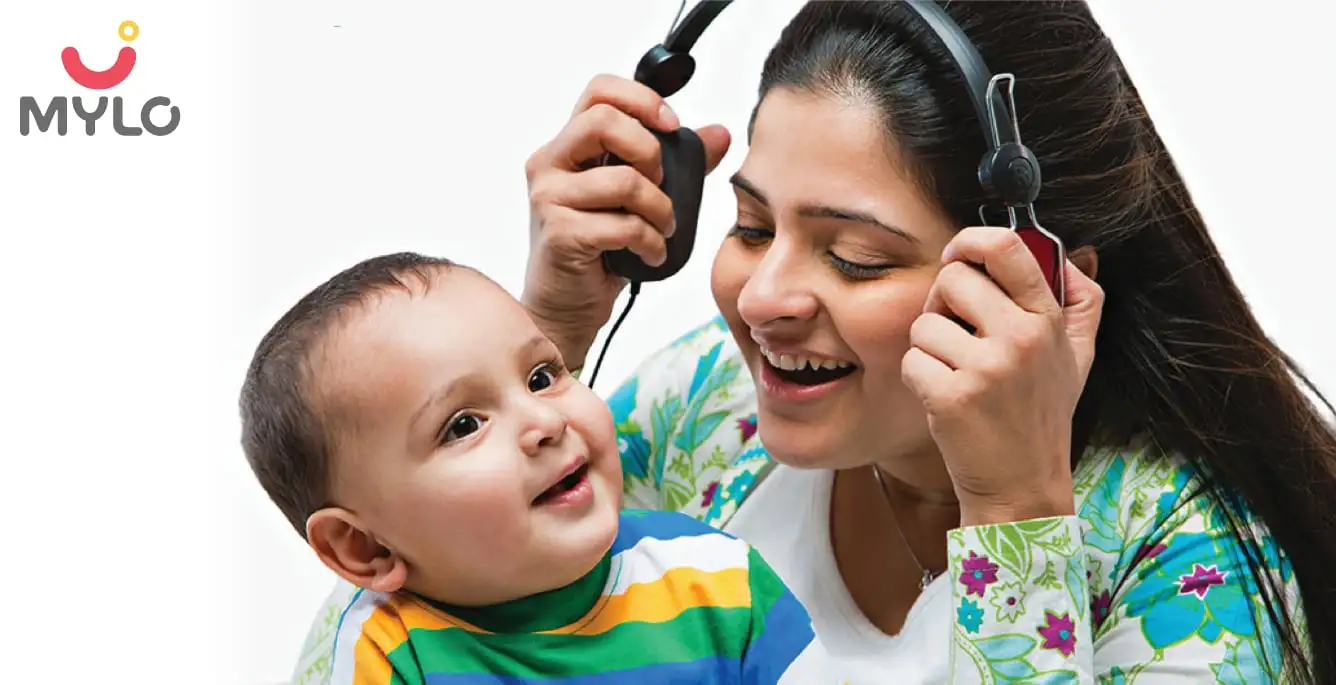
5 Ways In Which Music Can Boost Your Baby's Brain Development
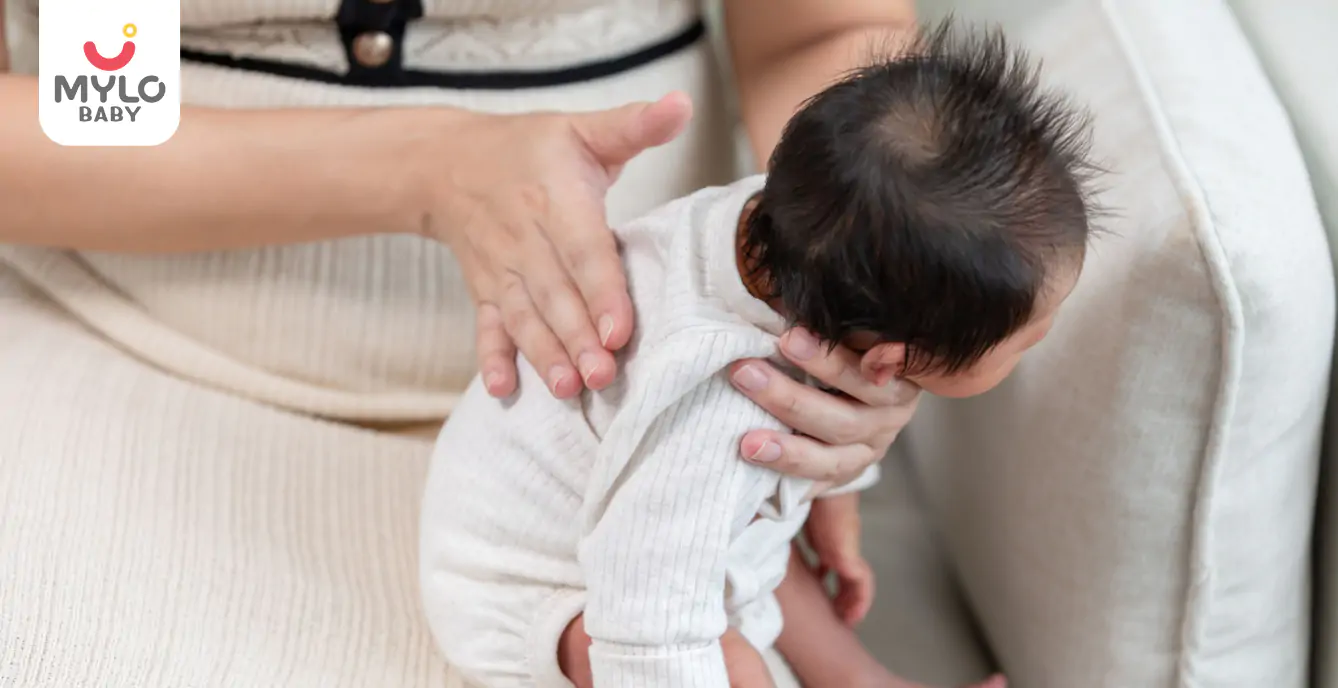
Hiccups
How to Stop Baby Hiccups: Everything You Need to Know
- “Staying Active and Healthy: The Benefits of Safe Exercise During Pregnancy”
- Appendicitis In Pregnancy Symptoms, Diagnosis & Surgery
- 5 Common Myths Busted About Baby Sleep
- “Ectopic Pregnancy: All You Need to Know About This Complication”
- Importance of Typhoid vaccines
- Benefits of eating nuts
- Can One Induce Labor Naturally?
- Should One Consider Keeping Their Pregnancy A Lowkey News?
- Destination decide
- After delivery pregnancy
- Mylo....
- Meri folecular study hui hai mujhe last 10, 12 din drest halka halka pain ho raha tha but kal band ho gaya kya ye period ka lakshan hai ya fir pregnancy ka
- cute baby
- Blessings


AWARDS AND RECOGNITION

Mylo wins Forbes D2C Disruptor award

Mylo wins The Economic Times Promising Brands 2022
AS SEEN IN
















- Mylo Care: Effective and science-backed personal care and wellness solutions for a joyful you.
- Mylo Baby: Science-backed, gentle and effective personal care & hygiene range for your little one.
- Mylo Community: Trusted and empathetic community of 10mn+ parents and experts.
Product Categories
baby carrier | baby soap | baby wipes | stretch marks cream | baby cream | baby shampoo | baby massage oil | baby hair oil | stretch marks oil | baby body wash | baby powder | baby lotion | diaper rash cream | newborn diapers | teether | baby kajal | baby diapers | cloth diapers |



